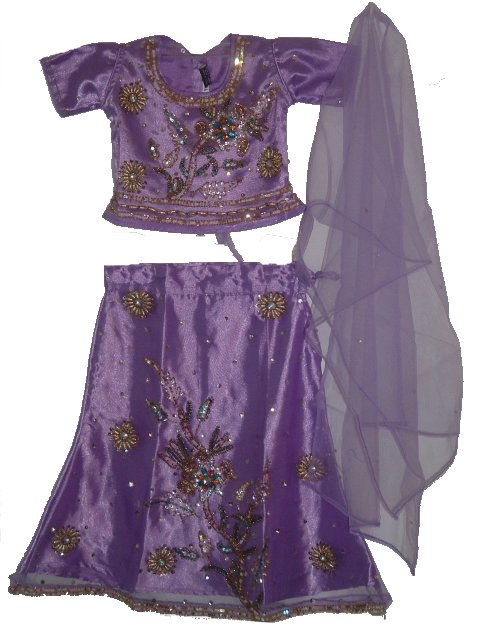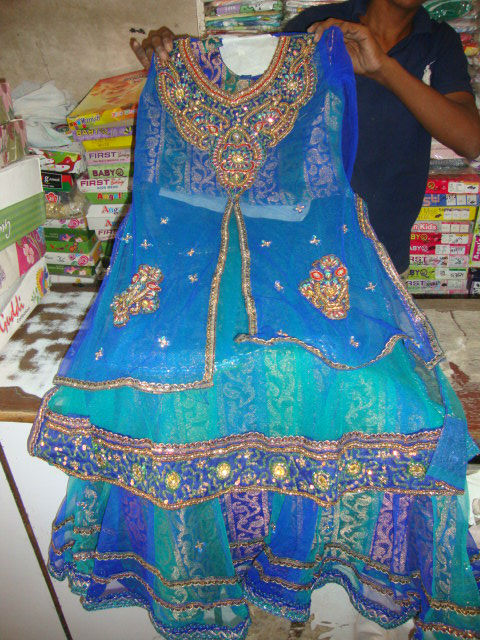Source:- Google.com.pk
Biologically, a child (plural: children) is generally a human between the stages of birth and puberty.[1][2] The legal definition of child generally refers to a minor, otherwise known as a person younger than the age of majority.
Child may also describe a relationship with a parent (such as sons and daughters of any age)[3] or, metaphorically, an authority figure, or signify group membership in a clan, tribe, or religion; it can also signify being strongly affected by a specific time, place, or circumstance, as in "a child of nature" or "a child of the Sixties".There are many social issues that affect children, such as childhood education, bullying, child poverty, dysfunctional families and in developing countries, hunger. Children can be raised by parents, in a foster care or similar supervised arrangement, guardians or partially raised in a day care center.
The United Nations Convention on the Rights of the Child defines child as "a human being below the age of 18 years unless under the law applicable to the child, majority is attained earlier".[5] This is ratified by 192 of 194 member countries. Biologically, a child is generally anyone between birth and puberty or in the developmental stage of childhood, between infancy and adulthood.[1][2] Some English definitions of the word child include the fetus (sometimes termed the unborn).[6] In many cultures, a child is considered an adult after undergoing a rite of passage, which may or may not correspond to the time of puberty.
Children generally have fewer rights than adults and are classed as unable to make serious decisions, and legally must always be under the care of a responsible adult. Recognition of childhood as a state different from adulthood began to emerge in the 16th and 17th centuries. Society began to relate to the child not as a miniature adult but as a person of a lower level of maturity needing adult protection, love and nurturing. This change can be traced in paintings: In the Middle Ages, children were portrayed in art as miniature adults with no childish characteristics. In the 16th century, images of children began to acquire a distinct childish appearance. From the late 17th century onwards, children were shown playing. Toys and literature for children also began to develop at this time.[7]
Every child goes through many stages of social development. An infant or very young child will play alone happily. If another child wanders onto the scene, he/she may be physically attacked or pushed out of the way. Next, the child can play with another child, gradually learning to share and take turns. Eventually, the group grows larger, to three or four children. By the time a child enters kindergarten, he or she can usually join in and enjoy group experiences.[8]
Children with ADHD and learning disabilities may need extra help to develop social skills. The impulsive characteristics of an ADHD child may lead to poor peer relationships. Children with poor attention spans may not tune into social cues in their environment, making it difficult for them to learn social skills through experience.[8]
The age at which children are considered responsible for their society-bound actions (e. g. marriage, voting, etc.) has also changed over time, and this is reflected in the way they are treated in courts of law. In Roman times, children were regarded as not culpable for crimes, a position later adopted by the Church. In the 19th century, children younger than seven years old were believed incapable of crime. Children from the age of seven forward were considered responsible for their actions. Therefore, they could face criminal charges, be sent to adult prison, and be punished like adults by whipping, branding or hanging.[9] Today, in many countries like Canada and the United States, children twelve and older are held responsible for their actions. They may be sent to special correctional institutions, such as juvenile hall.
Surveys have found that at least 25 countries around the world have no specified age for compulsory education. Minimum employment age and marriage age also vary. In at least 125 countries, children aged 7–15 may be taken to court and risk imprisonment for criminal acts. In some countries, children are legally obliged to go to school until they are 14 or 15 years old, but may also work before that age. A child's right to education is threatened by early marriage, child labour and imprisonment.
Children Lehenga Design lehnga design 2014 Latest for engagement images for kids for marriage for bride
Children Lehenga Design lehnga design 2014 Latest for engagement images for kids for marriage for bride
Children Lehenga Design lehnga design 2014 Latest for engagement images for kids for marriage for bride
Children Lehenga Design lehnga design 2014 Latest for engagement images for kids for marriage for bride
Children Lehenga Design lehnga design 2014 Latest for engagement images for kids for marriage for bride
Children Lehenga Design
lehnga design 2014 Latest for engagement images for kids for marriage for bride
Children Lehenga Design lehnga design 2014 Latest for engagement images for kids for marriage for bride
Children Lehenga Design lehnga design 2014 Latest for engagement images for kids for marriage for bride
Children Lehenga Design lehnga design 2014 Latest for engagement images for kids for marriage for bride
Children Lehenga Design lehnga design 2014 Latest for engagement images for kids for marriage for bride
Children Lehenga Design lehnga design 2014 Latest for engagement images for kids for marriage for bride










No comments:
Post a Comment